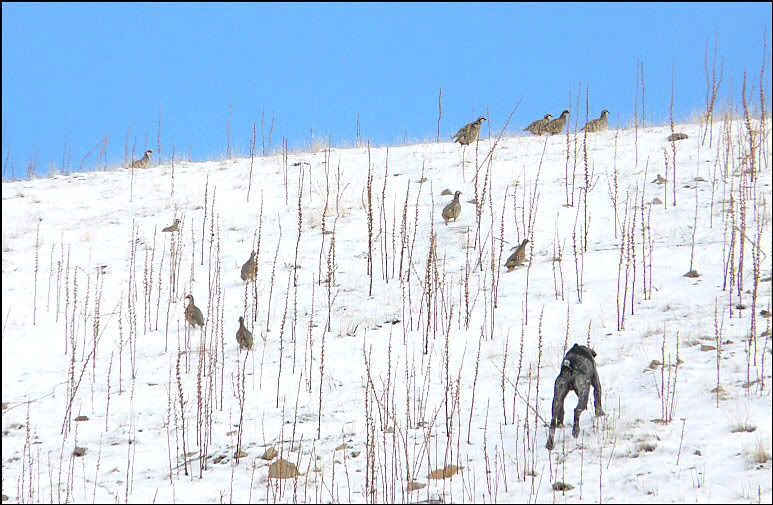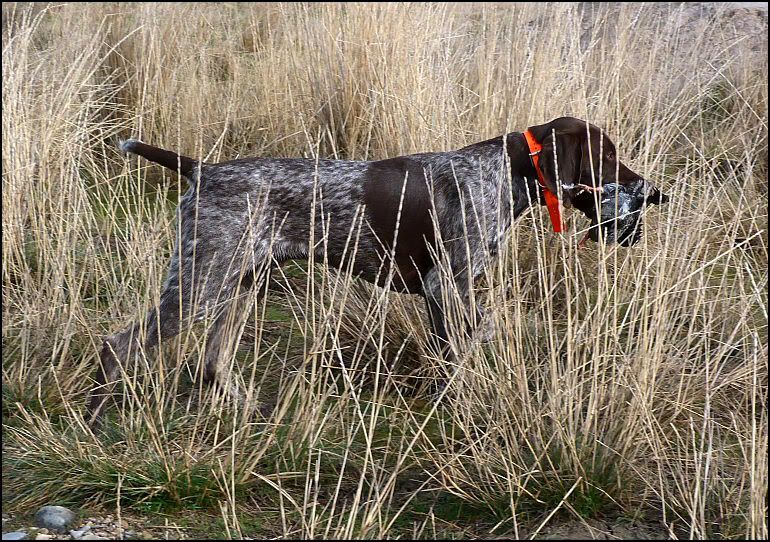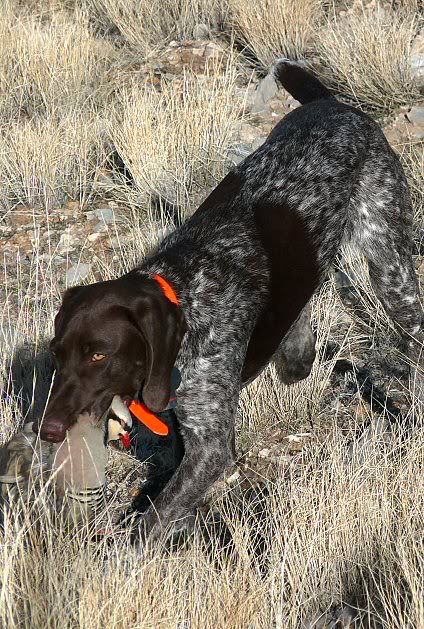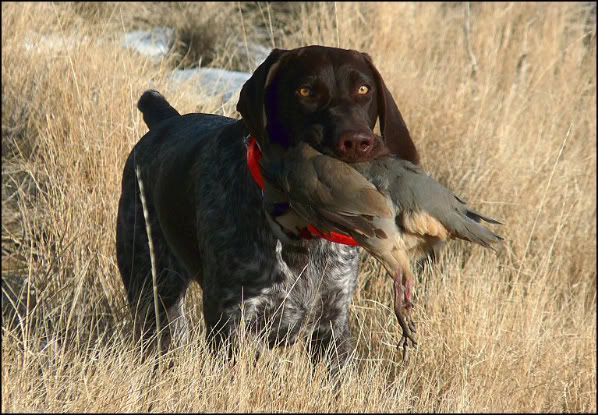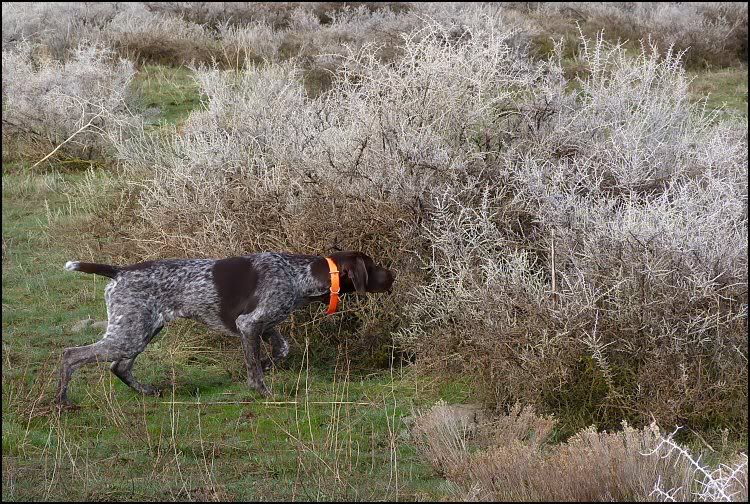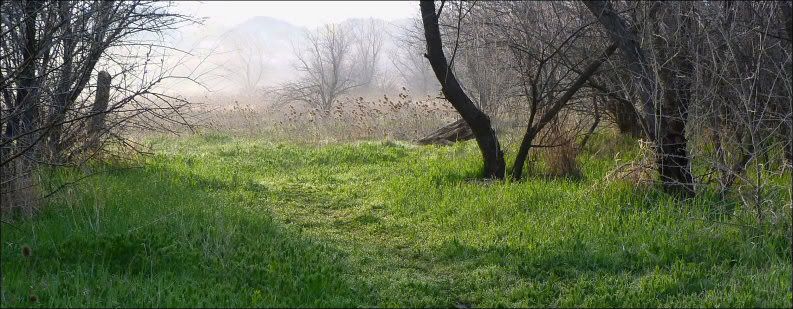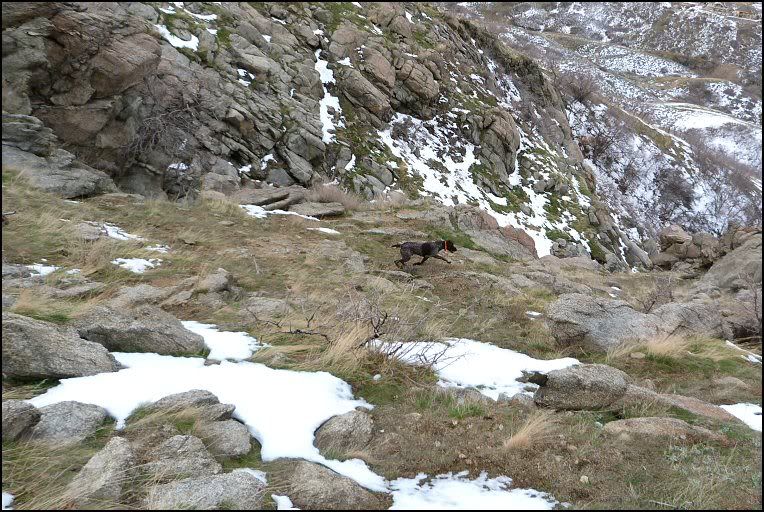4dabirds wrote:brad27 wrote:4dabirds, what happens when you whoa the dog on first bird scent and it doesn't stop
If the dog is not whoa trained I would not do the drill. If the dog does not stop in all circumstances it is not whoa trained. As far as prairies advice goes I agreed with him and said so. Where I differ is that I believe the dog has been allowed to road into the launcher and is not pointing. If this is true then i believe the dog has a problem that needs to be corrected. If I were starting a young dog with no repetitions of these things being allowed I would do things in a very similar way. One of the misunderstandings is I do not correct the dog at all. That is not true. I will correct once he dog is 80% on a command but first he is taught with positive reinforcement. The whole idea behind what I am trying to get across is to avoid correction while the dog is in the presence of a bird. And to let the dog make an association that has a positive outcome. It is a very nuanced difference from what prairie advised. His advice relies on the dogs interaction with the bird. Because I have seen dogs with so much drive that they will continue to chase or road in on birds despite Heavy correction caused by allowing this behavior, I think it is best to make an association that gets the response in a positive way.
The launchers themselves, if used correctly, will stop the roading in behavior. Once the dog comes to believe it is his movement toward the bird that causes the bird to flush, it won't road in. Timing is the key to this exercise. If you have a dog that chases, I use the check cord to retain it. I never allow the dog to chase during this stage of training. Some dogs enjoy the chase, so it becomes a reward in itself. The only correction in this technique is done by the bird. I don't give any commands, use any force, or use any “heavy” corrections to get the dog to stand. I let the dog decide what is in its best interest. I have never seen a dog that would not choose to get the bird instead of choosing to let the bird get away.
The great thing about this technique is that dogs with a lot of drive and determination will use that same level of determination to stand there, and they will refuse to move once they realize that standing is the only way they can get a bird.
I think one of the big misconceptions in dog training is that everything must be positive and that the dog must always succeed in every training scenario. It's simply not true. Wild predators don't always succeed when they are learning to hunt, but they do learn what not to do by negative outcomes. Like wild predators, our dogs are hard wired to repeat successful behaviors and discard unsuccessful behaviors. The only difference is, if your dog screws up, you take it home and feed it, but the wild predator goes hungry. If a wild predator tries to catch something, and it doesn’t work, they will not try that same technique more than a couple of times. They will drop it and try something different until they find something works. But, once they find a technique that works, they will repeat it over and over as long as it continues to work for them. Dogs operate much the same way. That is why I set them up to fail first. They learn that roading in or breaking point gets them nothing. Once they start pointing, I set them up to succeed (if they stand, they get a bird). Which behavior do you think they will choose to repeat?


